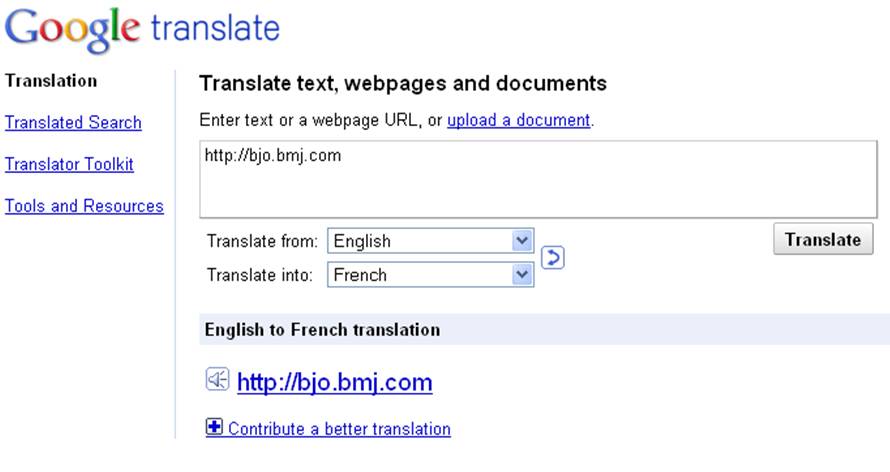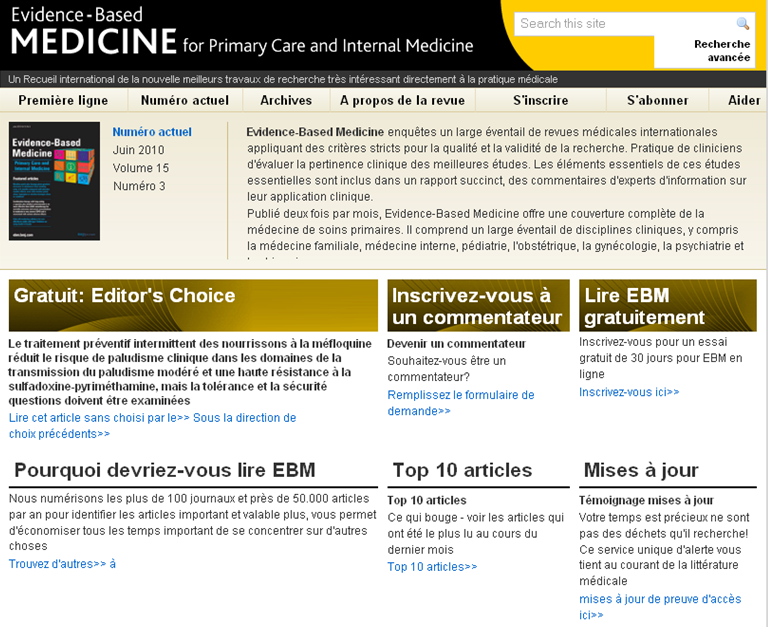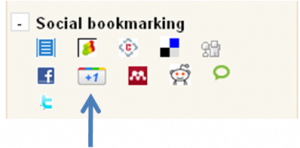Earlier this year, Google Translate single-handedly improved the reputation and usability of automated online translations. Until then, online machine translation solutions (especially of the free kind) were marginally useful at best. Google Translate has changed that, largely by using a statistical approach to machine translation and by allowing users to help the system learn adaptively.
And with a service that allows millions of amateur translators to pour their translations into an open translation memory, Google hopes to change professional translation in the way that flickr and istockphoto have changed commercial photography. Online machine translation has the power to revolutionise communication by eliminating language barriers, bridging the gap between cultures, providing services and information to speakers of minority languages, and transforming global e-commerce by allowing even the smallest online vendor to serve the international market.
So, just how good is the output from Google Translate?
Well, it depends. Sometimes, it stinks. Other times it is quite effective. And some people even claim that there are instances that Google’s language translator can provide a translation as if a human translates it.
A lot of it clearly depends on the subject matter and language pair being used. For instance, a review of the system’s French abilities gave it a middling grade. The reviewer thought “that it’s ok to get the gist of it, but the grammar isn’t great and there are words missing here and there, also French words appear instead of English words in the translation.” Not exactly a ringing endorsement.
How does it work?
The BMJ journals are now all compatible with Google Translate. To view one of our sites in over 50 different languages, simply type the URL into the relevant field on Google (see below).

You will then be directed to the same site, but it will have been translated in your language of choice. See an example of Evidence-Based Medicine in French below:

Google has recently added some nifty and useful features, with the biggest change being the addition of instant, real-time translations. It’s actually quite amazing: you can type in complex words and see their roots as you type. It also allows you to craft sentences faster and more efficiently in other languages.
Google Translate’s two other additions are nearly as impressive. Another new feature helps English speakers pronounce and read non-roman languages (e.g. Chinese, Japanese, Korean). Clicking “Show romanizaiton” will provide you a phonetic representation of the translation so you can read it off instantly. Hebrew, Arabic, and Persian aren’t supported yet. However, Arabic, Persian, and Hindi now have a feature that allows you to type out the words as they sound (in English) and convert them to native script.
Finally, Google’s added text-to-speech support for English translations: just click the speaker icon to hear your translation. Overall, these new features are a good upgrade to Google Translate, especially the real-time translations, which we think may change how people interact with the tool.
If you want to learn more, Google’s provided a video demoing these features:
http://www.youtube.com/watch?v=FijOWfO3Frk



 Where is it found?
Where is it found? Google started rolling out the ‘+1’ recommend button across its own portfolio and third-party web sites just a day after Twitter unveiled its new ‘follow’ button. Both releases are being viewed as direct competitors to Facebook’s popular ‘like’ button.
Google started rolling out the ‘+1’ recommend button across its own portfolio and third-party web sites just a day after Twitter unveiled its new ‘follow’ button. Both releases are being viewed as direct competitors to Facebook’s popular ‘like’ button.

